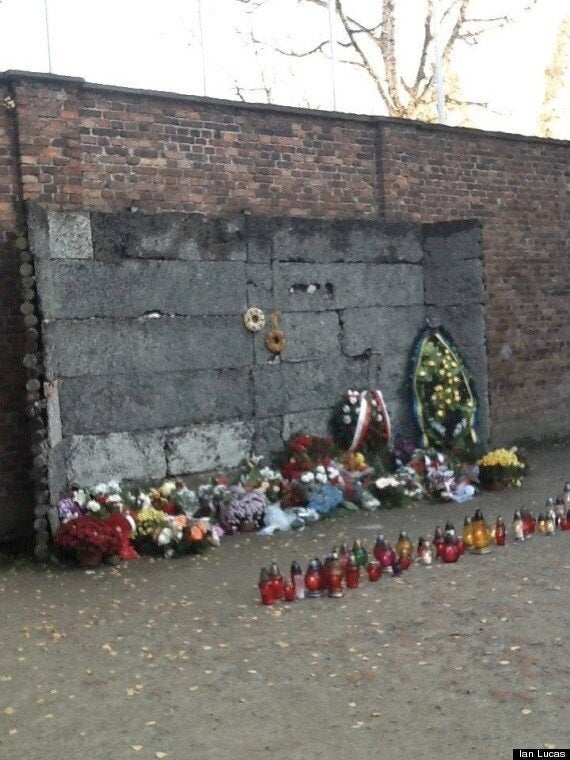I saw the flags in the distance, across the railway lines. Against an azure sky, the blue stripes stood out even more than usual. I saw that the people carrying the flags were young, though I was too far away to see their faces. I knew they were young because they ran fast, faster than I could and out of step with my dark mood. As they ran, I saw the Star of David on the flags and the picture began to make at least some sense.
Early in the day, I had spoken to young ambassadors from the Holocaust Educational Trust who were, like me, visiting Auschwitz for the first time. I had been asked to explain what I was doing there. I said that I was there because I spoke for the Labour Party on the Middle East and events today still take place in the shadow of what happened at Auschwitz during the Second World War. My words felt inadequate even as I said them, but a cold car park on a November morning was not the place to even begin to explain.
The books I have read have taught me, again and again, that the State of Israel was founded in the immediate aftermath of the Holocaust. My view of the flags at Auschwitz-Birkenau made that fact real in a way that no book could ever do.
Reactions to a visit to Auschwitz have been expressed much more ably than I can. I think that each person should go, simply to see, as the searing horror of the cruelty of the death camps needs to be seen, not just read.

At Auschwitz, inhumanity met the modern, industrialised world. Moral collapse was so total that the Nazis applied the principles of industrial production to killing people more efficiently. And having killed them, they commercialised what remained, stealing their belongings and recycling them for profit. Thus, we see huge piles of shoes, valued more than the people who wore them, and tangles of spectacles, stolen and retained for use by the killers.
But we also have the photos of the killed. The original Auschwitz, a respectable, former military barracks in an ordinary town in Poland, is now populated by corridors of faces of those who were murdered there. And those photos convey the compelling dignity of each individual, despite the shaved heads and striped uniforms.
Not all killed at Auschwitz were Jews, but most were. The Jews were singled out. That is why the flags I saw were so important. They were a response, seventy years on, to what happened, a statement that, despite the deaths of so many, the State of Israel is there.
It was so important for me to visit Auschwitz. For those of us who believe in a two state solution to the Israel - Palestine conflict, understanding the Holocaust and the role it played in the establishment of the State of Israel is essential.
For Israel is, as the flags told, a victory over those who perpetrated the crimes at Auschwitz.
